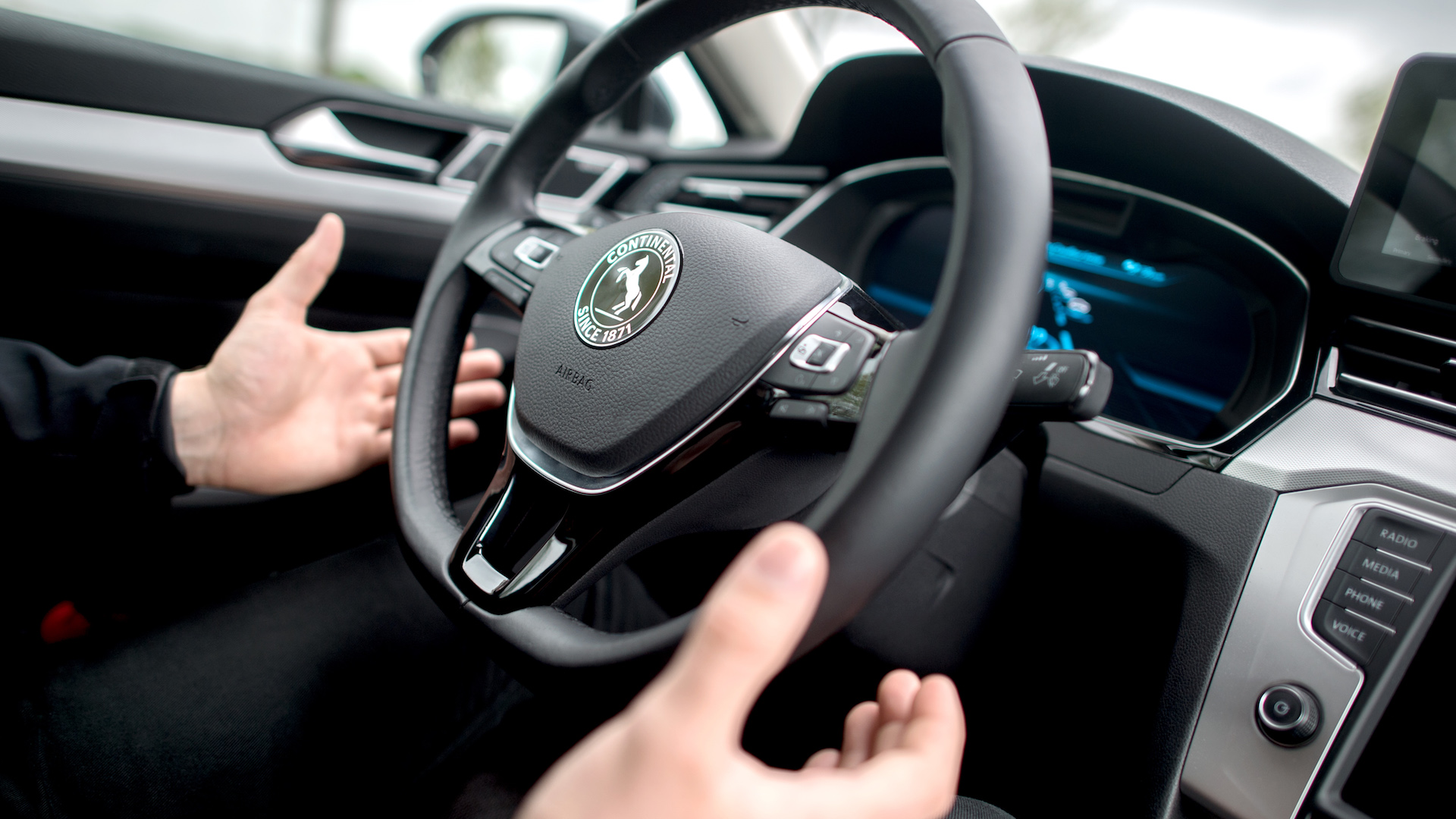

The National Highway Traffic Safety Administration is revising its safety rules and standards. Currently, the rules put in place prohibit semi-autonomous vehicles from being street legal without components like steering wheels, pedals, and mirrors. The NHTSA is taking notice of the industry’s new technologies and attempting to reframe its regulatory oversight for the future.
The 80-page Department of Transportation NHTSA report entitled “Automated Vehicles 3.0: Preparing for the Future of Transportation,” essentially states that it’s time to adapt to the contemporary landscape of the auto industry. The department suggests that modern reinterpretation of some conventional standards could allow for innovation, while simultaneously prioritizing safety.
As it stands now, automakers have to meet 75 safety standards that were in large part created with the underlying assumption that an actual person would be sitting in the driver’s seat and manually controlling the vehicle. That, of course, is slowly changing, with the NHTSA eager to get ahead of this transition before technology eclipses correlated legislation.
General Motors filed a petition in January asking to be exempt from the current safety standards so that it can use vehicles without steering wheels and other manual controls to establish a ride-sharing service in 2019.
In the report, DOT Secretary Elaine Chao stated that self-driving vehicle technology can be an invaluably effective tool in reducing accidents and deaths, but did remind everyone that the “public has legitimate concerns about the safety, security, and privacy of automated technology.”
To Chao’s point, we’ve seen mishaps occur with Tesla’s Autopilot system in recent months. If Tesla’s having trouble, there’s likely a long way to go before the utopian ideal of fully-automated traffic even rears its head. The document does express the administration’s intentions of providing the leeway to arrive at that point, however.
“On-road testing and early deployments are important to improving automated vehicle performance and allowing them to reach their full performance potential,” the document states. “Careful real-world testing allows developers to identify and rapidly fix system shortcomings, not just on individual vehicles but across fleets. Reasonable risks must be addressed through the application of robust systems engineering processes, testing protocols, and functional safety best practices.”
The document’s self-described intentions are basically increasing safety on the road, clarifying established regulatory policies for the semi-autonomous vehicle industry, and suggesting a process for cooperation with the Department of Transportation. The NHTSA also said it was keen on hearing public opinion on some of the proposed alterations to these regulations, with an effective balance between safety for the consumer and room for innovation on behalf of semi-autonomous vehicle technologies companies.